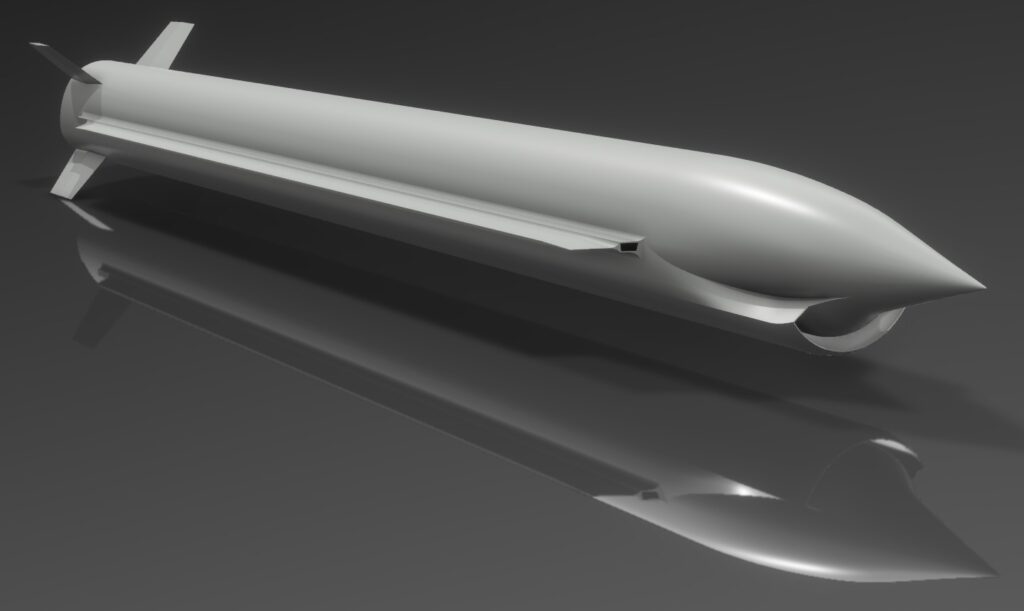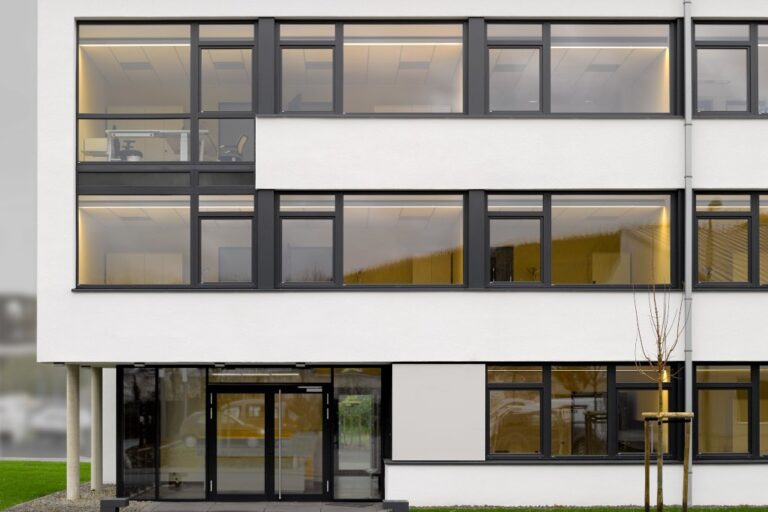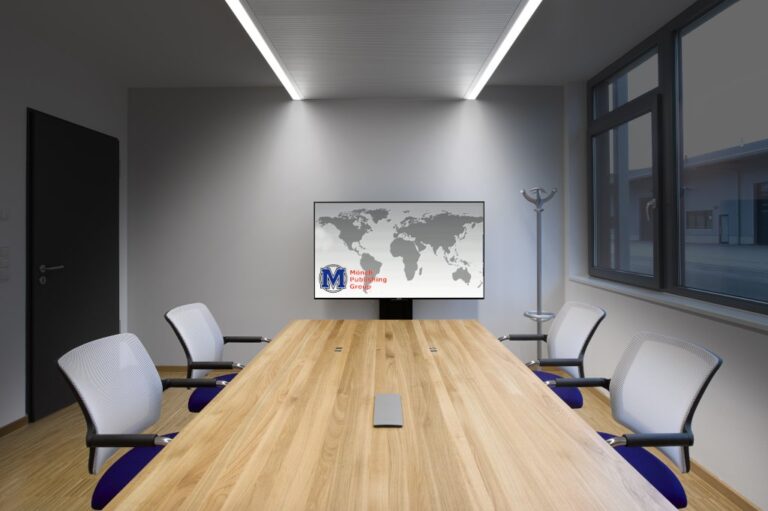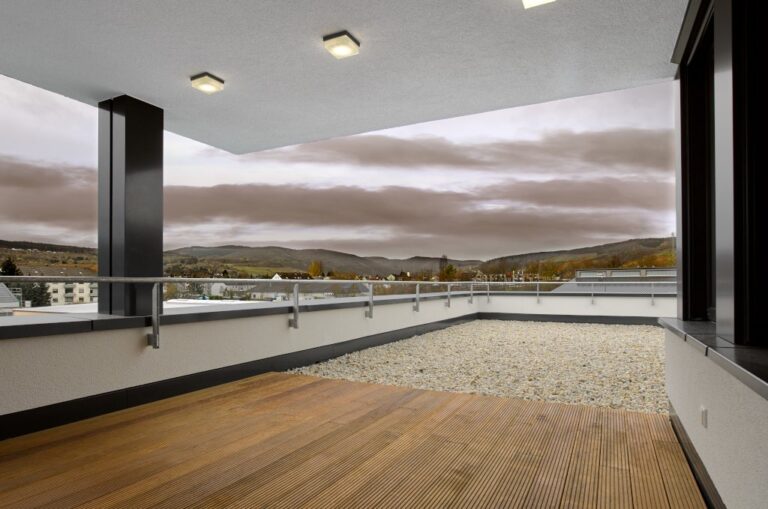Tyrfing
New supersonic strike missile to set new standards
Kongsberg Defence & Aerospace, along with its German partners Diehl Defence and MBDA Deutschland, have teamed to ensure the successful development of the future Norwegian-German SuperSonic Strike Missile (3SM) known as Tyrfing. The Norwegian government announced this initiative in November 2023 and the industry team essential for the success of this project have now entered their partnership agreement. This partnership, led by Kongsberg, combines the strengths of these companies and brings together decades of missile development experience to create this long distance, manoeuvrable strike missile for both Norway and Germany as well as potential Allied customers in the future. The industrial team will work closely with the Norwegian and German defence forces, as well as their national research organisations to define and develop this advanced strike capability designed to meet future surface threats.
“I am so impressed with the depth and capabilities in this team. I look forward to cooperating with Diehl and MBDA Deutschland and combining our teams’ knowledge and expertise to develop 3SM for both of our nations,” said Eirik Lie, president of Kongsberg Defence & Aerospace. Thomas Gottschild, managing director of MBDA Deutschland, responded: “As we have seen over the last two years, stand-off weapons are crucial for credible deterrence and defence. Joining forces between our companies will strengthen the Norwegian, German and European armed forces improving the defence of our home nations.” Helmut Rauch, CEO of Diehl Defence, noted: “We are proud having established a team of the best experts of our companies, who complement each other, trust each other and contribute their individual knowledge and skills. Together, we will develop a game changer with 3SM that none of us could develop on our own.“
Analysis
Making use of the new generation of anti-ship/land attack missiles requires a complete change in the way navies view anti-surface warfare (ASuW). Though, key decisions are to be taken into consideration over large-scale procurement efforts aimed at improving navies’ capabilities chiefly in the fields of anti-shipping and deep-strike needs. The latter received renewed urgency in recent years that was due to the fact that engaging hostile forces ashore often did not succeed. New technology, among them guidance/seeker concepts and low observable (stealth) methodologies, are about to transform the anti-ship/land attack missile into a deadly opponent. This also affects the new generation of loitering munitions, which utilise a common core design with adaptable modular elements (seeker, warhead, propulsion system), replacing entire families of heavier, near-obsolescent missile systems. However, the big picture for anti-ship missiles was clearly changing in recent years, particularly because of the ramp-up of several new programmes to add a land attack capability. Arguably the biggest challenge is to replace the variety of systems that do not cope with present day needs: battlespace dominance (neutralisation of land and sea denial systems) and power projection ashore, directed at time-critical targets such as relocatable assets. For now, many systems in use with European navies must be upgraded, or replaced with new multi-role systems. The 3SM Tyrfing is set to cope with the extended mission roles of the next generation of naval assets. It is the logical answer to the navies’ growing demand for a longer range precision strike weapon.
Stefan Nitschke

Norway and Germany are cooperating in the development of a new naval strike missile known as SuperSonic Strike Missile (3SM) Tyrfing – the ramjet-powered missile is scheduled to be ready for operational use in 2035.
(Artist’s impression: Kongsberg Defence & Aerospace)





